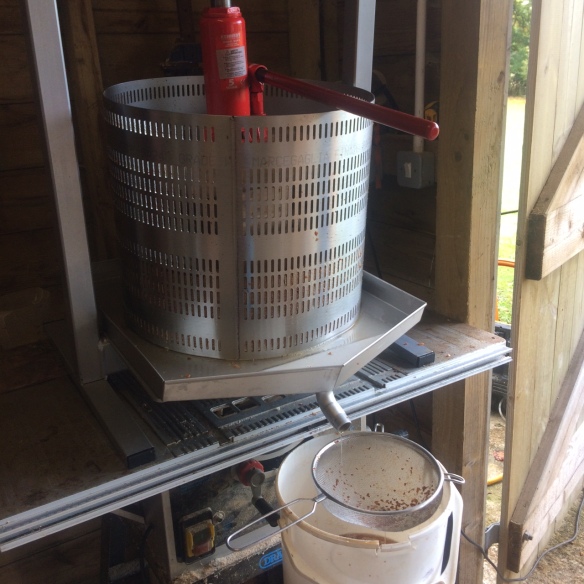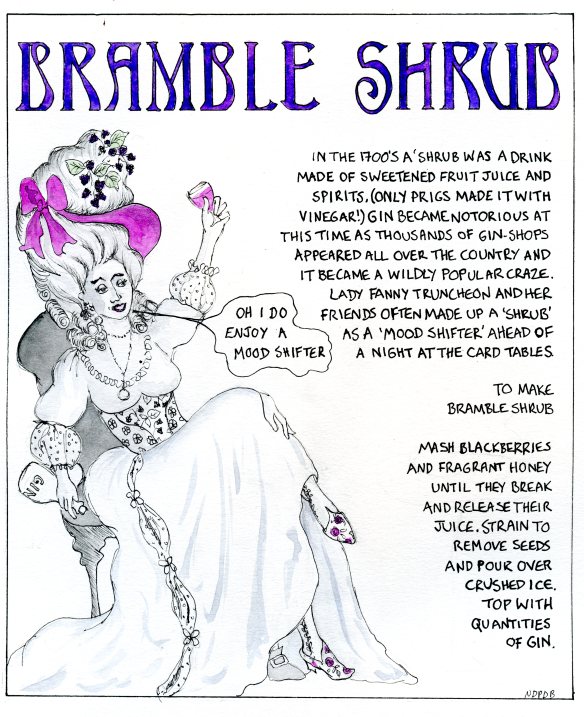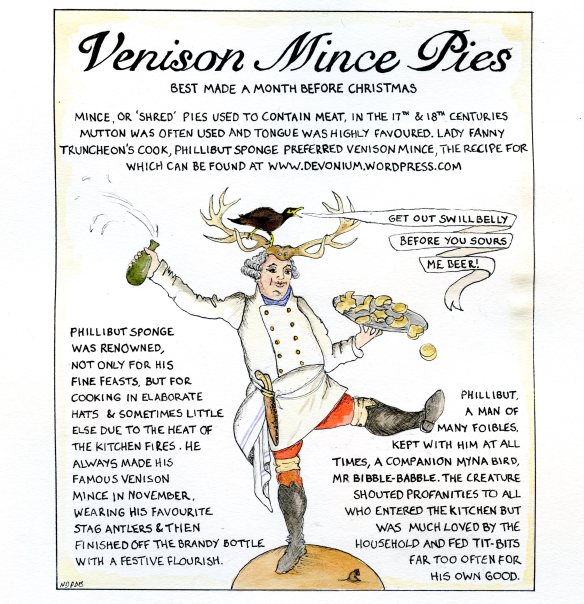
Venison mince recipe
450g of venison mince or very lean steak mince
500g seedless raisins
750g currants
500g beef suet
500g dark brown sugar
90g mixed candied peel
750g apples weighed after peeling and coring
zest of one lemon
juice of half lemon
300m ½ pint brandy
1/2tsp salt
1/2tsp all spice
½ tsp cinnamon
½ nutmeg grated
1 tsp ground black pepper
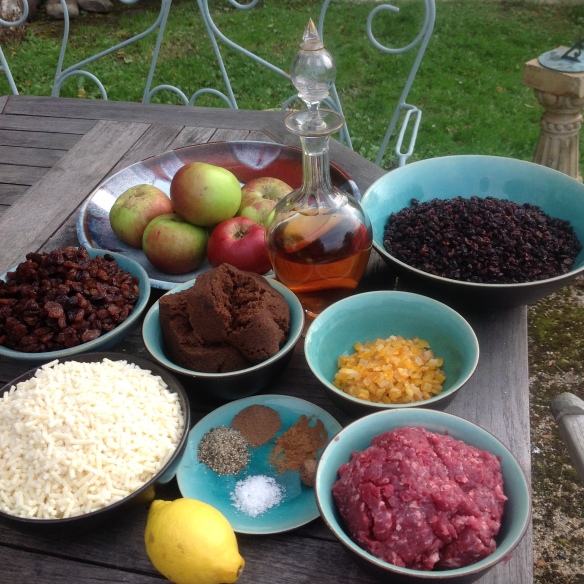
Method
Coarsely grate (or chop finely) the peeled apple pieces.
Mix everything (except the brandy) together with your hands in a big bowl. Add the liquor and mix again.
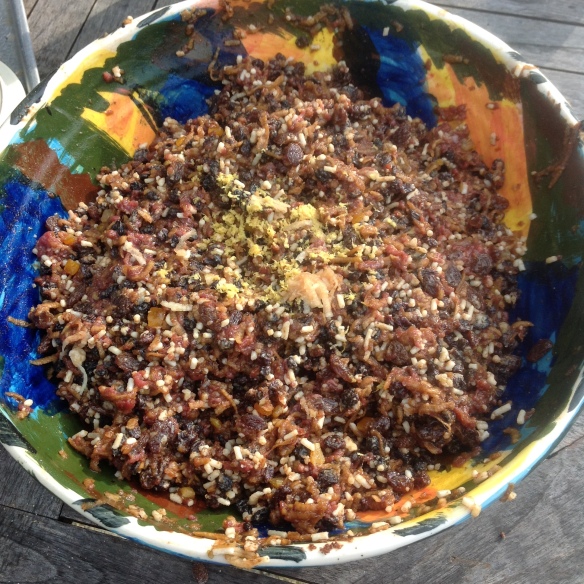
Pack the mincemeat into sterilised jars, seal with greaseproof paper and tight-fitting lids. I made 10 jam jars full. Store in a cool place – if you have the time, let the mincemeat mature for 2-3 weeks before using it for mince pies. The meat is preserved by the sugar and brandy and I’ve kept jars for a year to no ill effect, then it is ‘cooked’ in the mince pies but I have to add a health warning – this recipe is to be made at your own risk. Many of the products described on this website involve significant risks, and you should not enter into any recipe or cooking action unless you have fully understood all such risks and have independently determined that they are appropriate for you. Well, that’s been said so….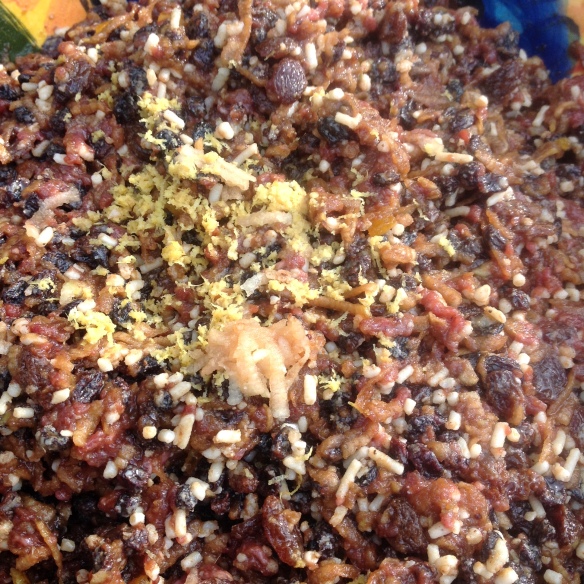
Traditional Mince Pies – let’s make them. 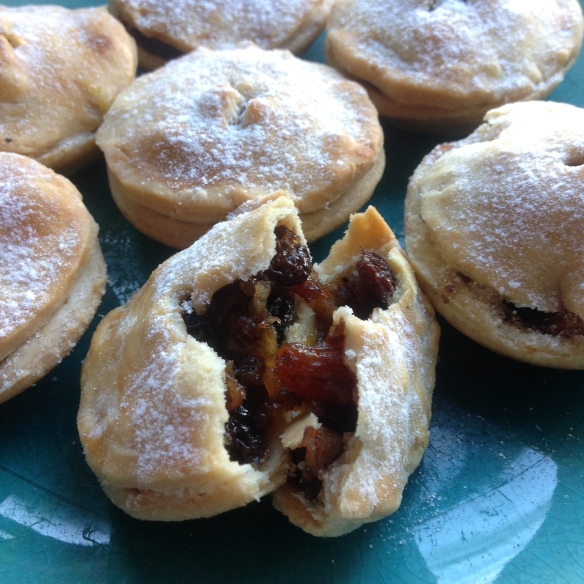
To make 12 mince pies –
11⁄4 lb (560 g) mincemeat
12 oz (350 g) plain flour
3 oz (75 g) lard (beef fat)
3 oz (75 g) butter
pinch of salt
Pre-heat the oven to gas mark 6, 400°F (200°C).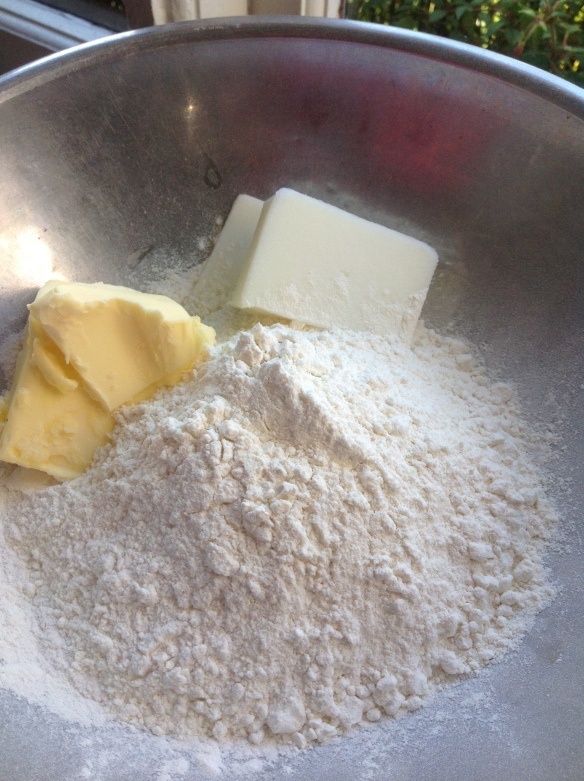
Make up the pastry by sifting the flour and salt into a mixing bowl and rubbing the fats into it until the mixture resembles fine crumbs. Then add just enough cold water to mix to a dough that leaves the bowl clean. I needed 140ml of water but each dough may differ, just don’t add it all at once but be cautious and add little at a time until it comes together.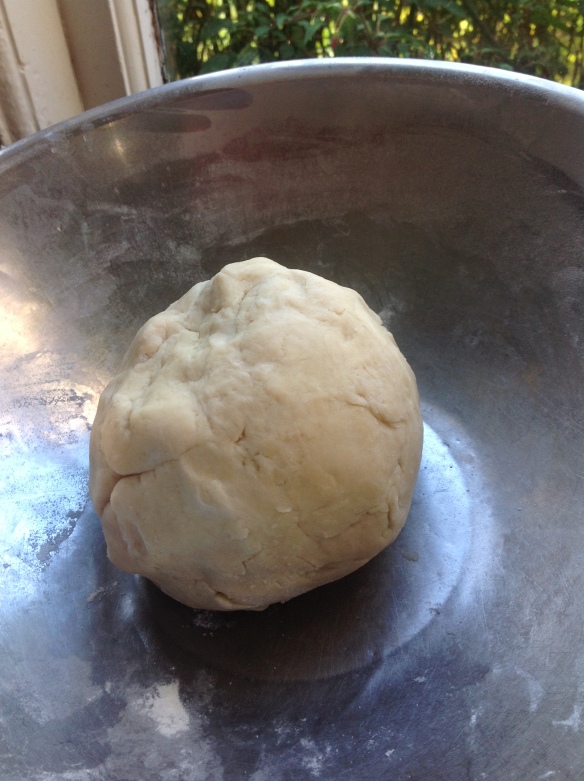
Leave the pastry to rest in a polythene bag in the refrigerator for 20-30 minutes, then roll half of it out as thinly as possible and cut it into two dozen 3 inch (7.5 cm) rounds (I use a cup), gathering up the scraps and re-rolling. Then do the same with the other half of the pastry, this time using the 2 1⁄2 inch (6 cm) cutter (and a smaller drinking glass).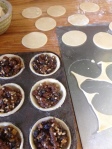

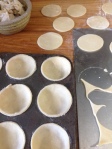
Now grease the patty tins lightly and line them with the larger rounds. Fill these with mincemeat to the level of the edges of the pastry. Dampen the edges of the smaller rounds of pastry with water and press them lightly into position to form lids, sealing the edges. Brush each one with milk or beaten egg and make three snips in the tops with a pair of scissors. (you will have enough pastry left over to make twelve more on another day). Bake near the top of the oven for 25-30 minutes until light golden brown. Cool on a wire tray and sprinkle with icing sugar. EAT THEM WHILE WARM!
If you manage not to eat them all, and we never do, store the pies in an airtight container in the fridge.
Enjoy.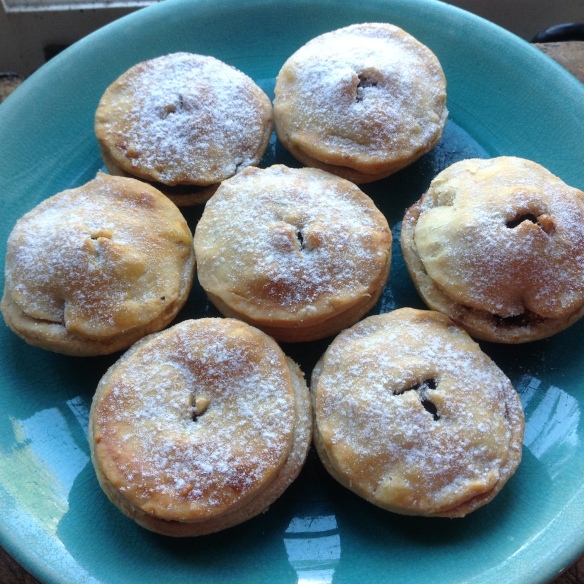 Mrs Beeton’s extremely boozy beef tongue mincemeat recipe below, if you fancy trying it, tell me how you got on?
Mrs Beeton’s extremely boozy beef tongue mincemeat recipe below, if you fancy trying it, tell me how you got on?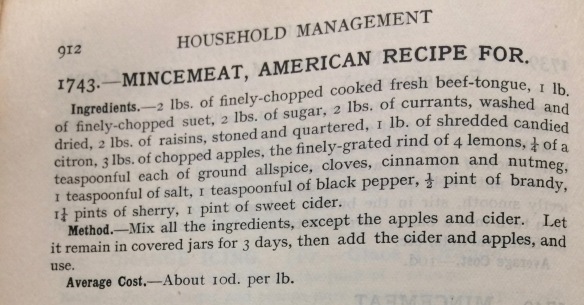











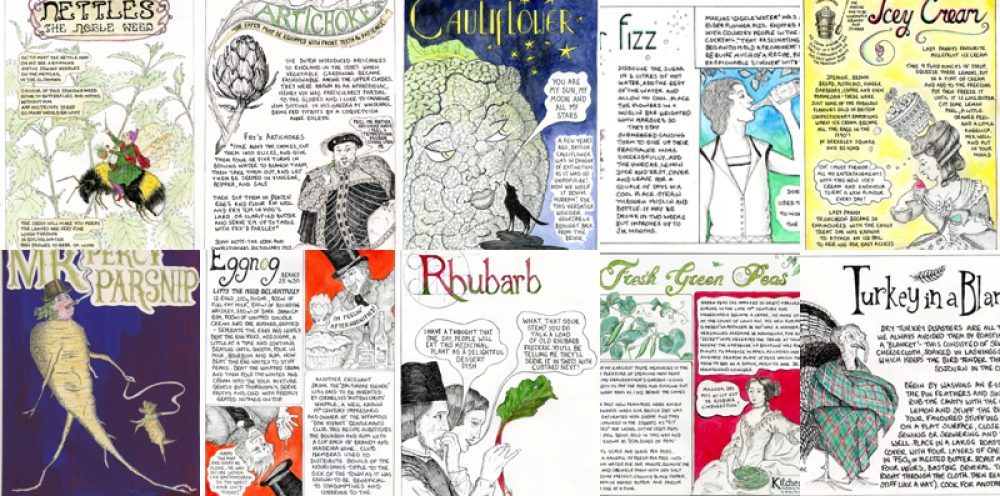

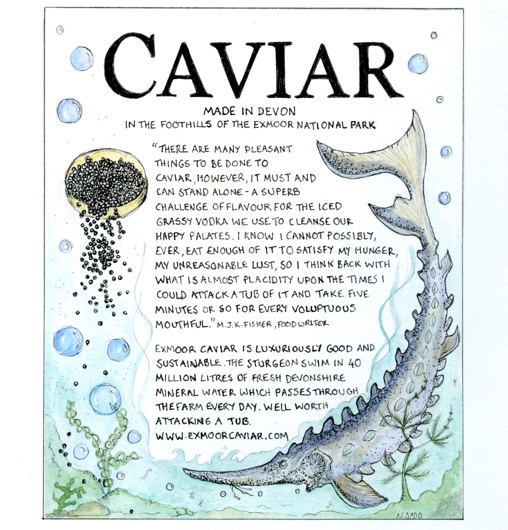
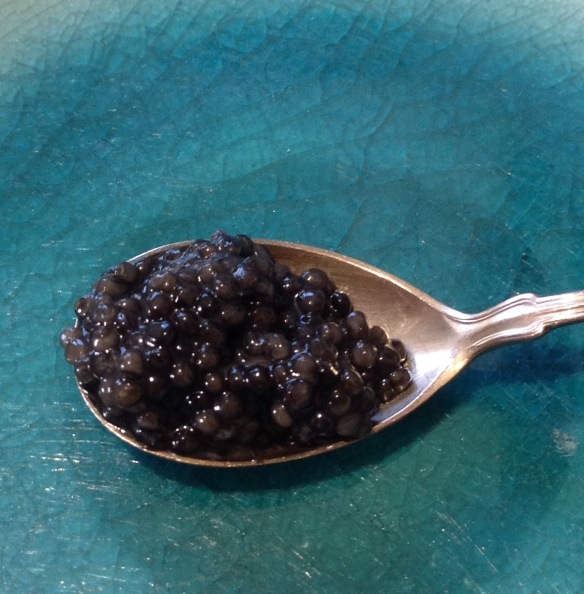
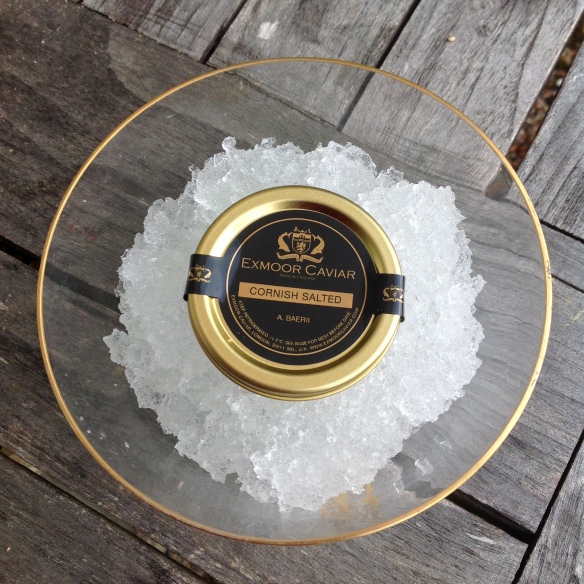
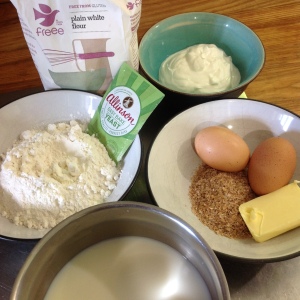
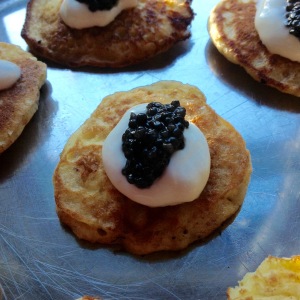
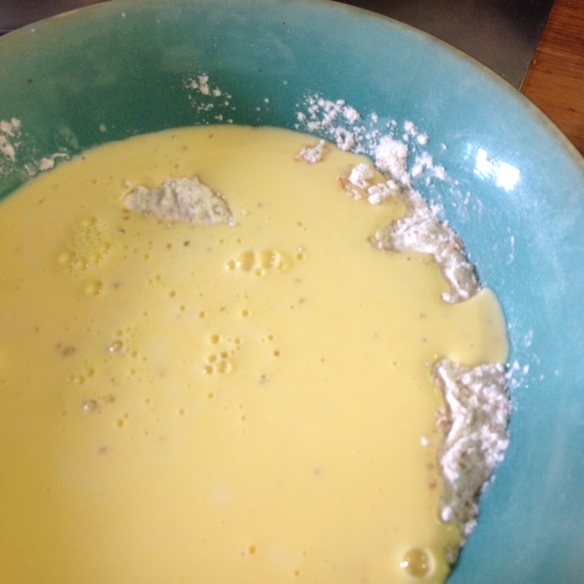
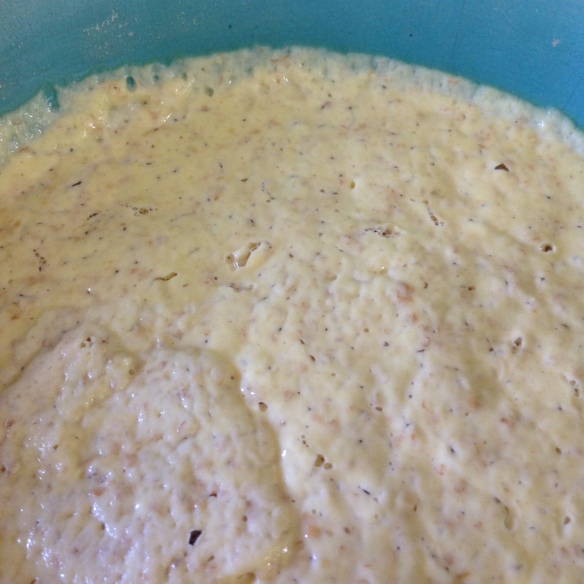
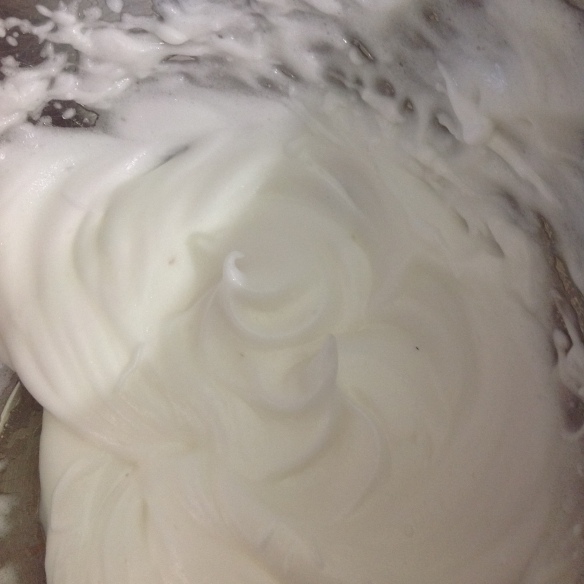
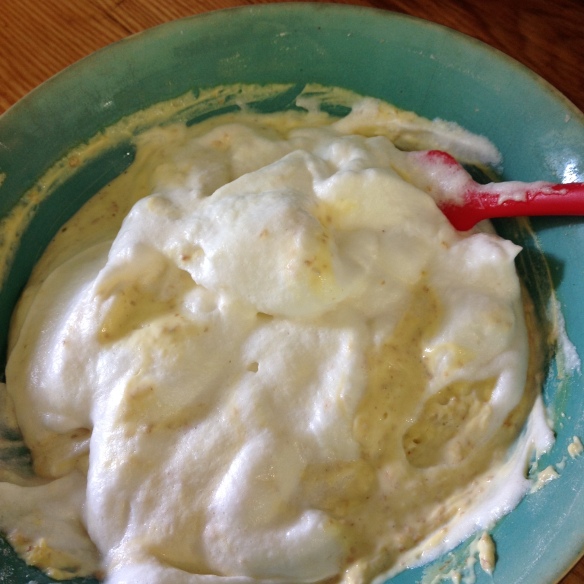
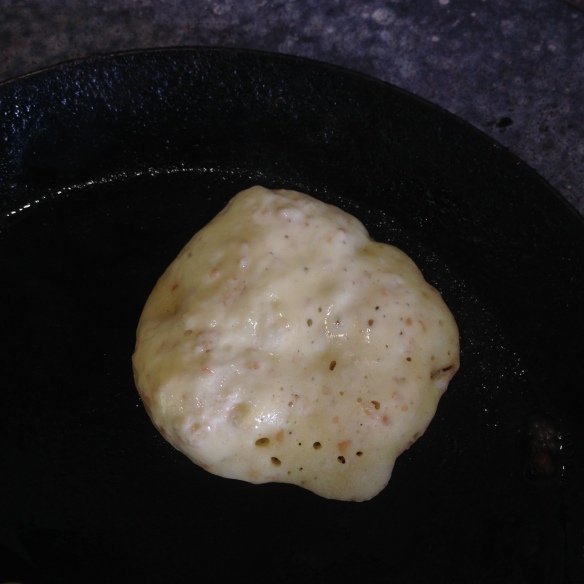
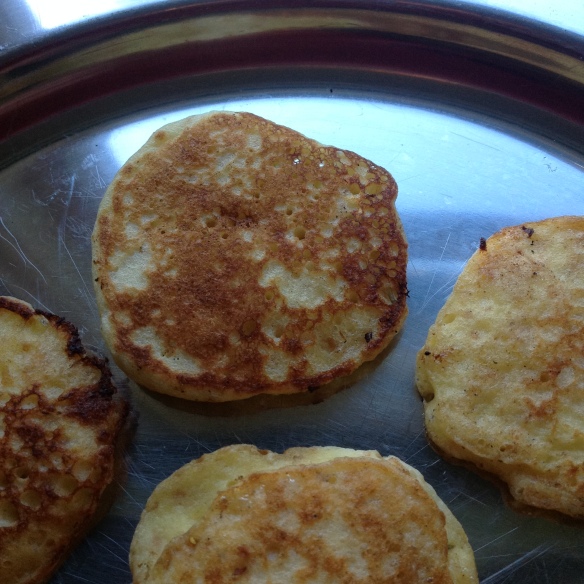
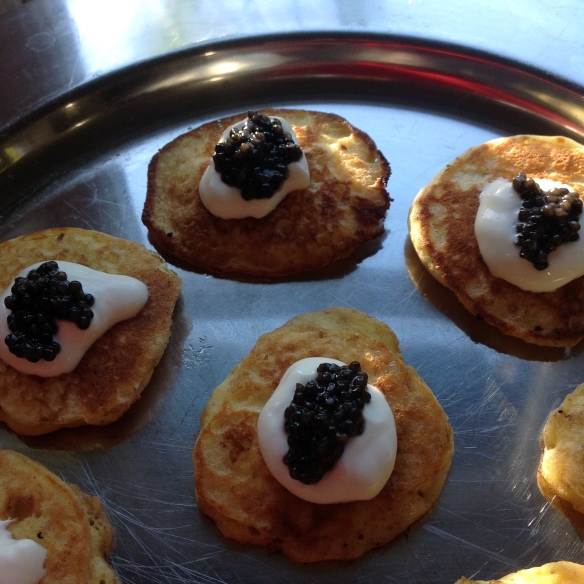
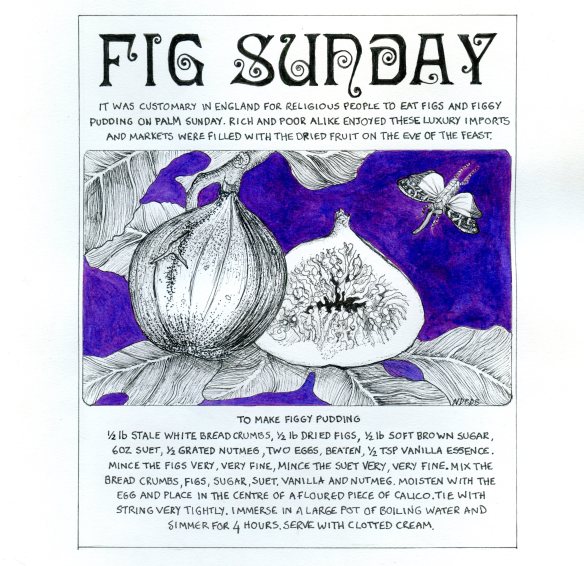




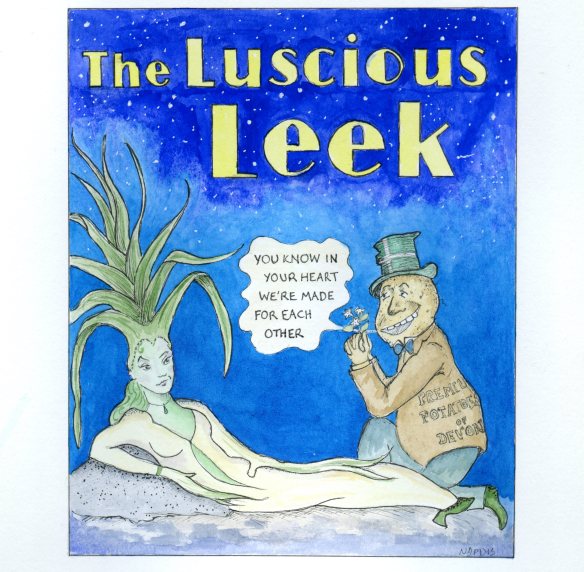
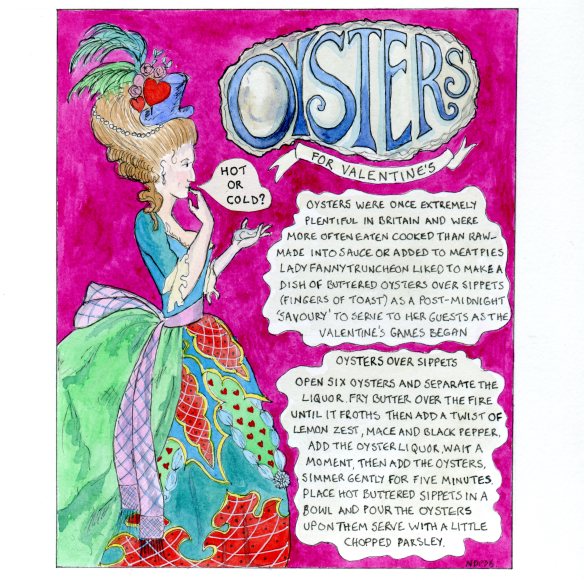 Oysters Hot, Oysters Cold? I like ’em hot. A modern day version of this is to fy them and stuff them into a slim baguette, warmed and spread with garlic butter. Mmmm.
Oysters Hot, Oysters Cold? I like ’em hot. A modern day version of this is to fy them and stuff them into a slim baguette, warmed and spread with garlic butter. Mmmm.













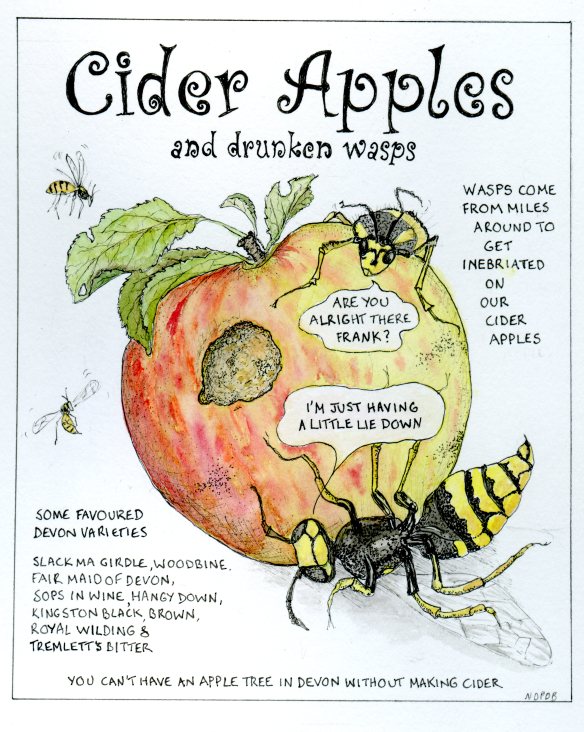

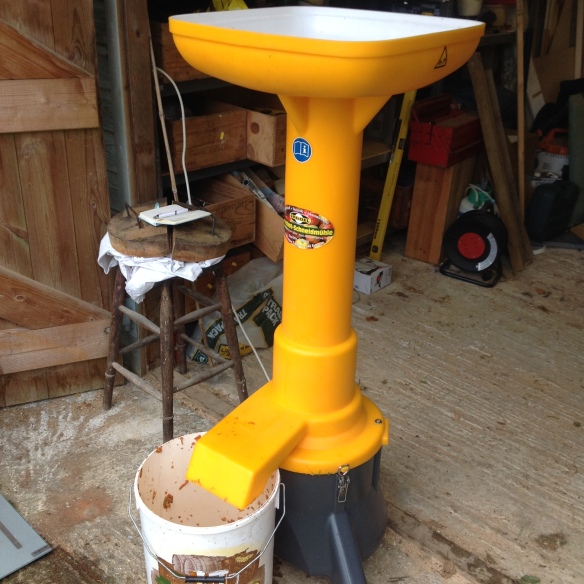 B
B